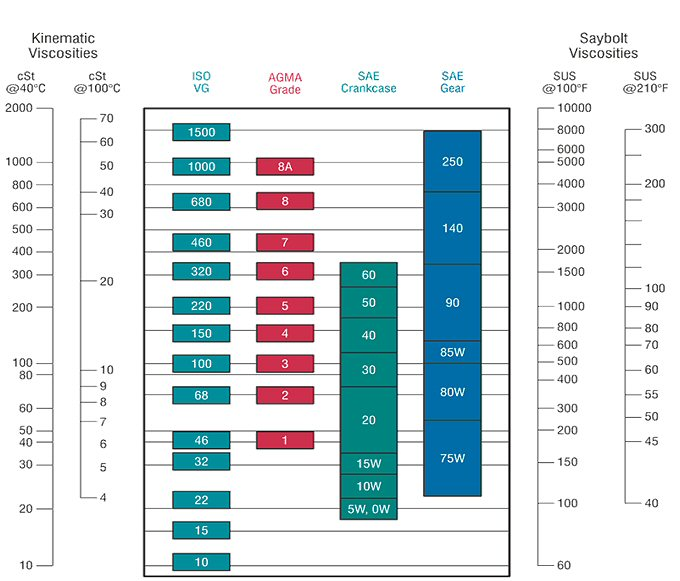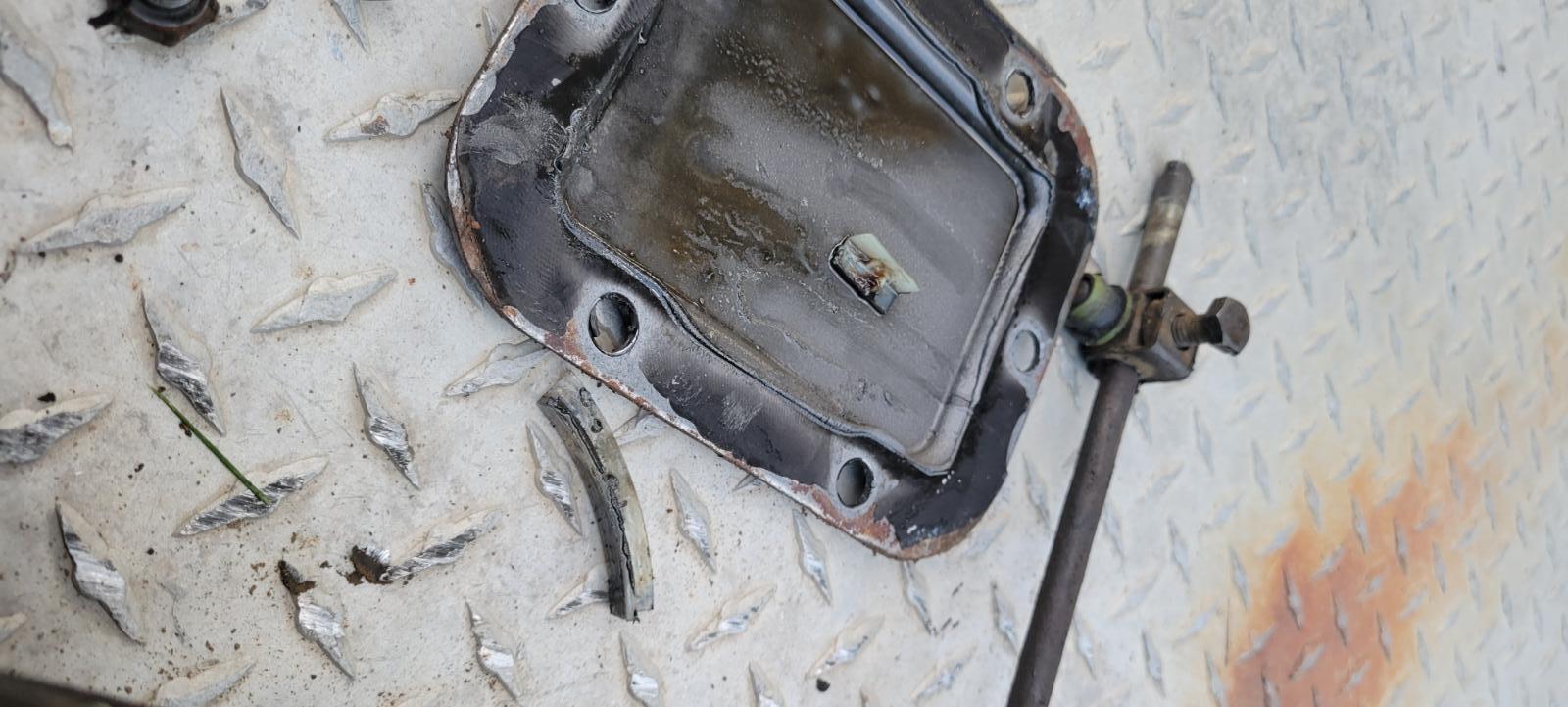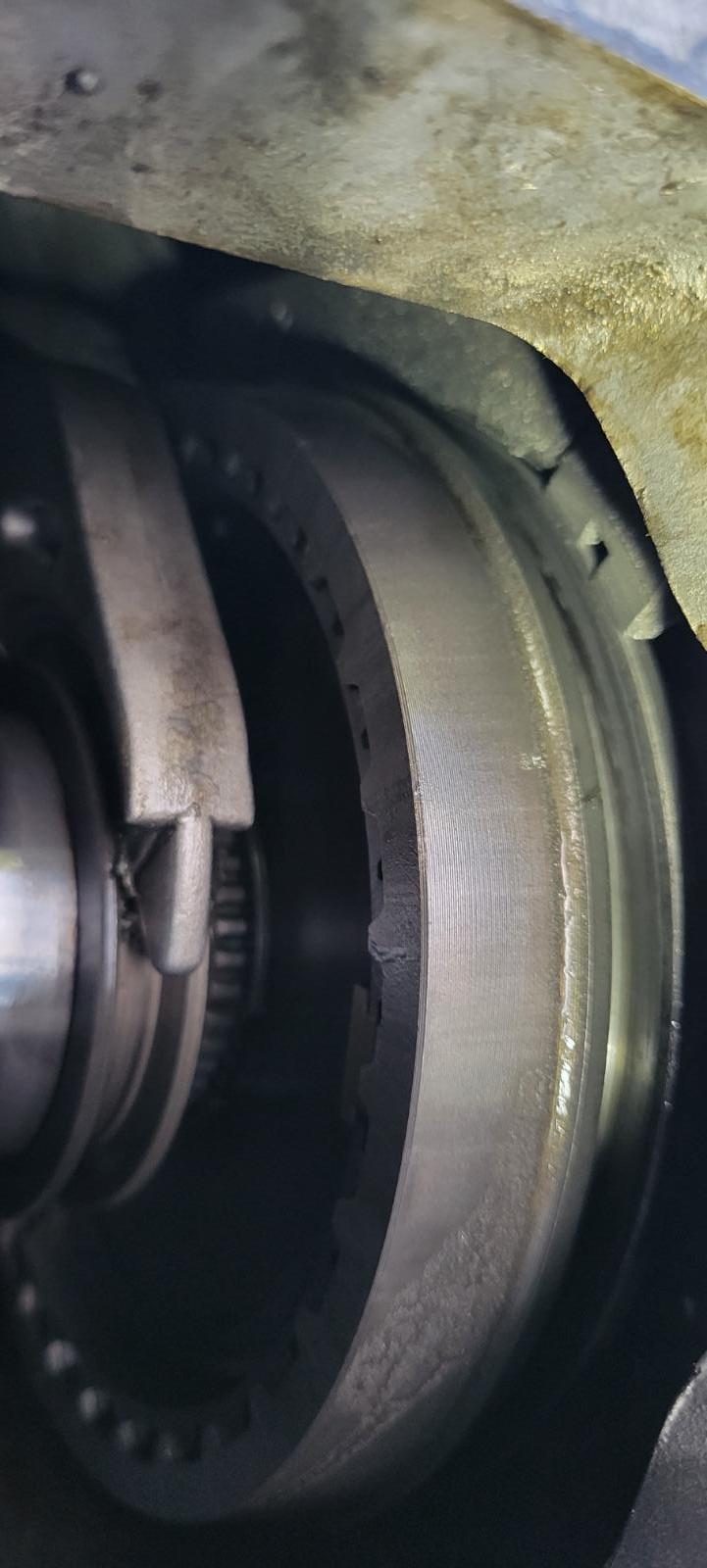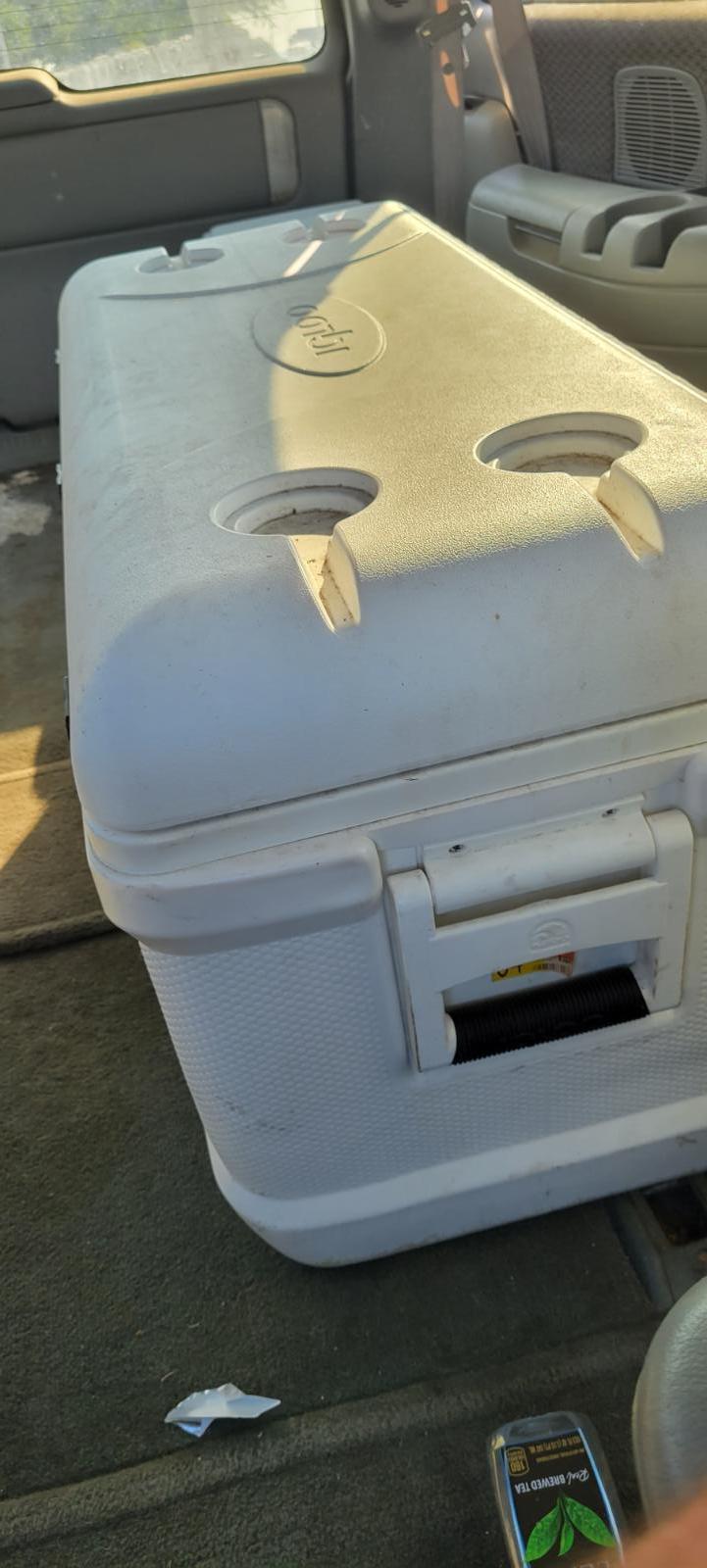
Everything posted by Mopar1973Man
-
47re line pressures when engine braking
One of the weird things about automatics. They run a super thin fluid and expected to lube, cool, and be a hydraulic fluid for handling bands and clutches. I know some others have experimented with using tractor hydraulic fluids to better lifespan for performance reasons. I've seen several dump the ATF+4 and use tractor fluids. Again this will only work with modified transmissions. Don't take this as a working solution but I've seen people looking for fluids that don't thin as much with working temperatures under heavy stress. Side note (all manual transmissions) this is why I dropped the factory 75w-85 transmission fluid (actually 10w-30 engine oil for viscosity) in NV4500 in Beast and switch to 50 SAE Trans Fluid its actually 90 weight gear lube GL-4 rated. Same reason I don't want to have it thinning out under heavy loads. Another reason I'll be dumping the ATF+4 out of Thor (G56 Trans) and reloading with 50 SAE trans fluid. Better cling to the gears and bearings and doesn't thin out under heat of heavy stress. Just looked up the viscosity of ATF+4... Which is like like so thin... Look below at 40*C is 34.4 which is like 15W engine oil, then at full temp 100*C it falls off the scale at 7.5.
-
99’ 24v Alternator Went Bad, Possibly Fried PCM/ECM/VP44?
First let me ask a few dumb questions... Q: What are the only two materials that sulfuric acid can be contained in? 1. Glass 2. Plastic Q: What is plastic made from? 1. Oil So if you keep the terminals wet with just engine oil the corrosion will never happen. To this day I still have my factory battery terminals and they are still in super good condition. I've never had to clean them (wire brush or chemical cleaners). Engine oil will leave just a thin oily film that battery acid will not eat through. It doesn't get on your clothes like the red spray coating that stain. Not like grease that you end up getting on your clothes too.
-
Red Head steering gear boxes?
Saginaw boxes, if the pitman arm is stuck the way I've removed the pitman arm is remove the sector adjustment cover and then let the shaft hang through. Bring the pitman arm nut flush to the tip and lay and 2x4 on top and hit with a BFH. Typically falls out the other side.
-
Rear Pinion Seal (re-lash?)
Might help to use ARP stud assembly lube, clean the nut threads and the stem threads and coat with ARP lube, then torque it up. That lube helps to reach your torque amount much easier.
-
Coolant temp gauge bad or ecu failure?
Or ODBLink MX which is the newer series.
-
Coolant temp gauge bad or ecu failure?
Temps are normal. I run 193 to 197°F typically and could see 215 to 220°F before fully lock of the fan then it kicks I cools to 197°F. Then unlocks. I know once past 225°F the cluster will trip the check gauge light, chime and the gauge will peg at 240°F. It will not display any temp other that 240 till it drops below 225 again.
-
Factory Heated Seat Replacement
@IBMOBILE-JEN is not that bad.
-
Factory Heated Seat Replacement
Sounds like you can do a bit of sale for what you got for what he needs.
-
A/C getting warm after two recharges
Compressor front seal behind the clutch might be leaking which will not always have green dye.
-
RIP Her Majesty The Queen
There is dirty laundry every where. I'm sure if you check other countries you'll find the same problem.
-
CP4 pump recall
I might have a bad lift pump on Thor so it's not uncommon for in tank lift pumps fail on CR engines. Just a pain in the to deal with.
-
endless NV5600 problems.
First off I don't believe in the big brand oil hype. I ditched factory spec'ed oil being they are TOO THIN I'm running Mobil 50 SAE trans fluid or Valvoline 50 SAE trans fluid which is 90 weight gear lube. Designed for Eaton Fuller 10 speeds. 5 gallon bucket cost way less than AMSOil or Redline again too thin. I'm going to dump the ATF+4 out of Thor and load with 50 SAE trans fluid. Again I don't use pre bled hydraulics being most off the time I've got to pull it all back out and rebled the entire system. Happens more than you think. I don't like the adjustable hydro's as pointed out In my last post. I've got Valair clutches on both trucks are dual disc zero issues. Beast is the performance dual Thor is the Quiet Towing Clutch.
-
endless NV5600 problems.
.. and hyperextending the throw out bearing through the fingers of the pressure plate. Not fond of adjustable hydraulics. More and more people think they can adjust the pedal position. It's the amount of throw on the throwout bearing. Be very careful and adjust it properly.
-
How hot are you?
A state away I'm at 40*F for a low and currently 59*F. I've gotta run to NAPA and get a ball joint to finish a project. Signs of a heavy winter is starting to show its face already here. I'm McCall it was 35*F at @Honey Badger place in Lake Fork. Won't be long till snow will fly.
-
Midna's build
Like my head 18/24 valve guides were worn out and the valves seals were all torn up and laying in the head when I pulled it. Look back in my first post about blown head gasket. Some of the seal were up on the valve stems.
-
CP4 pump recall
More on 5th gens... https://www.tiktok.com/t/ZTR51sDUN/ Be aware FASS fuel system will void your warranty.
-
Midna's build
If the valve guides are worn the the seals will fail rather quickly. This is due too much valve stem wobble.
-
No start after Pac Brake install/Now VP electrical issue
Key fob security locking you out? I've seen some that ditched the fob and quit using then have the security prevent start up. Another is the ASD Relay which could prevent start up.
-
2001 Dodge Ram 3500 Transfer Case
Everything more or less. With a time crunch I need quick turn around being they needed the truck last week just get the new case or a kit would be about the same time being nothing is in stock. Getting the rebuilt unit only take me 0.5 to 1 hour to install.
-
CP4 pump recall
Yeah CP4 pumps are being recalled and Dodge dealers are installing CP3 as a fix. https://www.tiktok.com/t/ZTRPvcdjK/
-
2001 Dodge Ram 3500 Transfer Case
Yeah I've got a previous customer back. The white Dodge that I did the AirDog had a problem with 4WD and it wasn't locking in. First thought was CAD axle issues but after testing the transfer case and seeing if the shaft locks nope. Something wrong it the transfer case. I pulled the drain plug nothing came out but 4 drops of black thick oil. Removed the transfer case and open the inspection plate and ther is broken metal, plastic, and pieces. I'm heading to Boise Transmission warehouse to get a reman transfer case Tuesday morning.
-
Clarkston Trip
Ok. I've got to jump in. As for the cooler. So @Honey Badger started complaining about her ribs being sore. I responded totally serious and told her "At least you didn't get a cooler up your . Earlier that day is was traveling down Thain Grade and light changed on me I stabbed the brakes and this big white cooler slams into the back of my seat. So I got a cooler up my . It was the timing and the way I said it that we laughed for nearly a full hour last night. Yeah finally died off at 3am and the woke up at 8am. Yeah we partied hard last night and now back to business. Time to do the shopping today and head home.
-
Towing, Turbos, and Quads
Personally too many upgrade turbos too soon and/or too big of a turbo. Just consider myself running 150 HP injectors on a stock HX35W which is 54/60/12. I can see how 58/72/12 would spool fast being the turbine is larger and gives the leverage to spool that small 58 compressor.
-
Tennessee
Sorry to announce, due to HoneyBager's continued heath issues, I am canceling the trip to Tennessee. While she is improving, the doctors feel such a long trip could cause a relapse. We are planning to try again next year.
-
How hot are you?
Yeah we've been hot here all summer long. Even yesterday I was changing oil on Minnie it was 95°F. Then cleaned out inside, and vacuum, etc. Figured to check the freon levels and added another 2 cans. Now this morning we are packing up and heading to Lewiston for another restock trip being prices are better in larger cities. Lewiston is only 750 feet above sea level so it going to be hot today.








